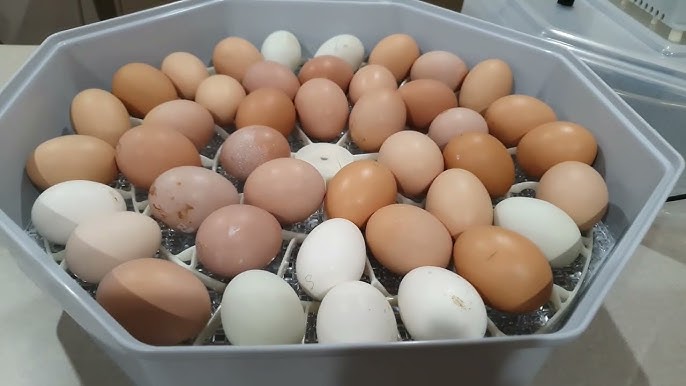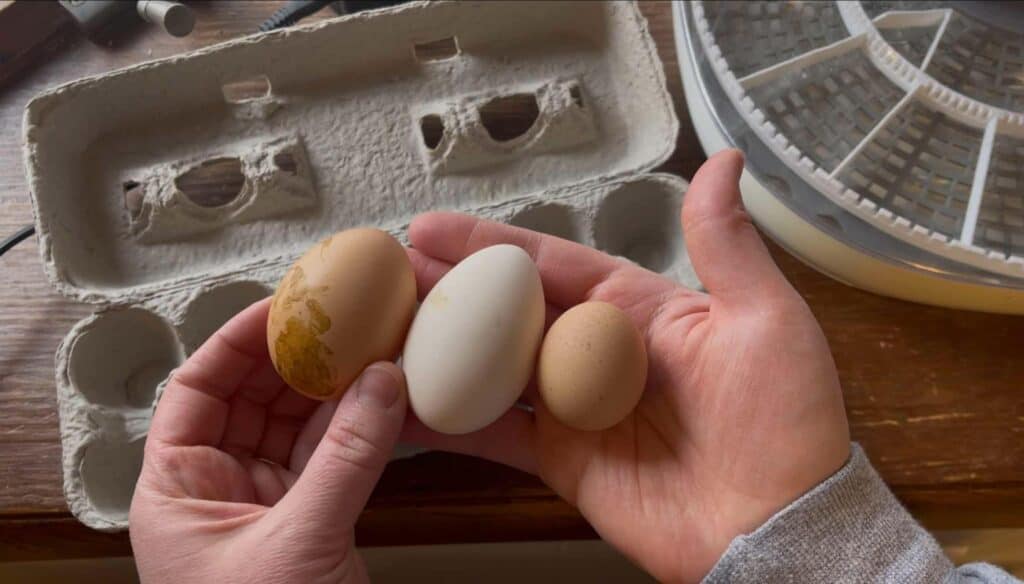For chicken enthusiasts, incubating eggs is a fascinating process that can be both rewarding and challenging. This is especially true when it comes to incubating eggs in cold climates. The process requires careful attention to temperature and humidity levels to ensure the successful hatching of healthy chicks. This article provides a comprehensive guide to help you navigate the intricacies of egg incubation in colder regions.

Understanding the Basics of Egg Incubation
Before diving into the specifics of cold climate incubation, it’s crucial to understand the basic principles of egg incubation. Incubation is the process of maintaining fertilized eggs under controlled conditions to allow embryos to develop and hatch. The main factors influencing successful incubation are temperature, humidity, ventilation, turning, and timing.
Temperature Control
Maintaining the right temperature is essential for successful incubation. In cold climates, achieving the correct temperature can be more challenging, but not impossible. The recommended incubation temperature for chicken eggs is between 99.5F and 100.5F (37.5C to 38C). To learn more about the best practices for maintaining egg temperature, check out this best practice guide.
Humidity Management
Humidity plays a critical role in the incubation process. In cold climates, the air is often dry, which can lead to insufficient humidity levels in the incubator. Aim for a humidity level of 40% to 50% during the first 18 days, and increase it to 65% to 75% during the final days before hatching. For further insights into managing humidity, visit this external guide.
Choosing the Right Incubator for Cold Climates
Not all incubators are created equal, especially when it comes to incubating eggs in cold climates. Selecting an incubator with reliable temperature and humidity controls is crucial. Consider investing in an incubator with a built-in thermostat and hygrometer to ensure precise control over these conditions.
Features to Look For
- Automatic temperature control
- Integrated humidity control
- Good insulation to maintain stable conditions
- Automatic egg turning feature
Popular Incubator Models
Several incubator models are well-suited for cold climate incubation. Some popular options include the Brinsea Ovation 28, the Nurture Right 360, and the Hova-Bator Genesis. These models offer excellent temperature and humidity regulation, making them ideal for colder environments.
Preparing Eggs for Incubation
Proper preparation of eggs is vital for a successful incubation process. This includes selecting the right eggs, storing them properly, and handling them with care. Learn more about the right way to store eggs before incubation.
Selecting Eggs
Choose eggs from healthy hens that have been fertilized by a robust rooster. Avoid eggs with cracks or unusual shapes, as these are less likely to hatch successfully.
Storing Eggs
Store eggs in a cool, dry place with temperatures around 55F (13C) and humidity levels between 70% and 75%. Eggs can be stored for up to seven days before incubation without a significant impact on hatchability.
Incubation Process: Step-by-Step
Once you have your incubator set up and eggs prepared, it’s time to start the incubation process. Follow these steps for a successful incubation:
Step 1: Setting the Incubator
Preheat the incubator to the desired temperature and humidity levels before placing the eggs inside. This ensures a stable environment from the start.
Step 2: Placing the Eggs
Place the eggs in the incubator with the pointed end facing downward. This position helps the embryo develop correctly.
Step 3: Turning the Eggs
Turn the eggs at least three times a day to prevent the embryo from sticking to the shell. Automatic incubators often have a turning feature to simplify this process.
Step 4: Monitoring and Adjusting
Regularly check the temperature and humidity levels in the incubator. Adjust as needed to maintain optimal conditions.
Step 5: Candling Eggs
Candling is the process of shining a light through the eggs to observe embryo development. This can be done around day seven and again on day fourteen. For more information on candling, visit this candling guide.
Step 6: Preparing for Hatching
In the final days of incubation, stop turning the eggs and increase the humidity to prepare for hatching. Chicks typically begin to hatch around day 21.
Overcoming Challenges in Cold Climates
Incubating eggs in cold climates comes with unique challenges, but with the right knowledge and equipment, they can be overcome. Here are some common issues and solutions:
Temperature Fluctuations
Cold environments can cause temperature fluctuations in the incubator. Invest in a well-insulated incubator and place it in a room with stable temperatures to minimize fluctuations.
Low Humidity Levels
To combat low humidity, consider using a humidifier in the room where the incubator is located. Additionally, regularly check and refill the incubator’s water reservoirs.
Power Outages
Power outages can disrupt the incubation process. Consider having a backup power source, such as a generator or battery pack, to maintain stable conditions during outages.
Conclusion
Incubating eggs in cold climates requires careful attention to detail and the right equipment. By understanding the basics of incubation, choosing the right incubator, and following the step-by-step process, you can successfully hatch healthy chicks even in challenging environments. For more tips and insights, check out this beginner’s guide to egg incubation.

FAQs
What temperature should eggs be incubated at in cold climates?
Eggs should be incubated at a temperature of 99.5F to 100.5F (37.5C to 38C) regardless of the external climate. A reliable incubator with automatic temperature control is essential for maintaining this temperature.
How can I increase humidity in the incubator during dry winter months?
To increase humidity, ensure the incubator’s water reservoirs are filled, and consider using a humidifier in the room where the incubator is located. This helps maintain optimal humidity levels inside the incubator.
Can I use a homemade incubator in cold climates?
While homemade incubators can be used, they might not provide the same level of temperature and humidity control as commercial models. If you choose to use a homemade incubator, ensure it is well-insulated and equipped with reliable temperature and humidity monitoring tools.
This article contains affiliate links. We may earn a commission at no extra cost to you.











